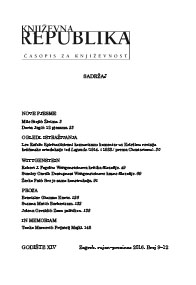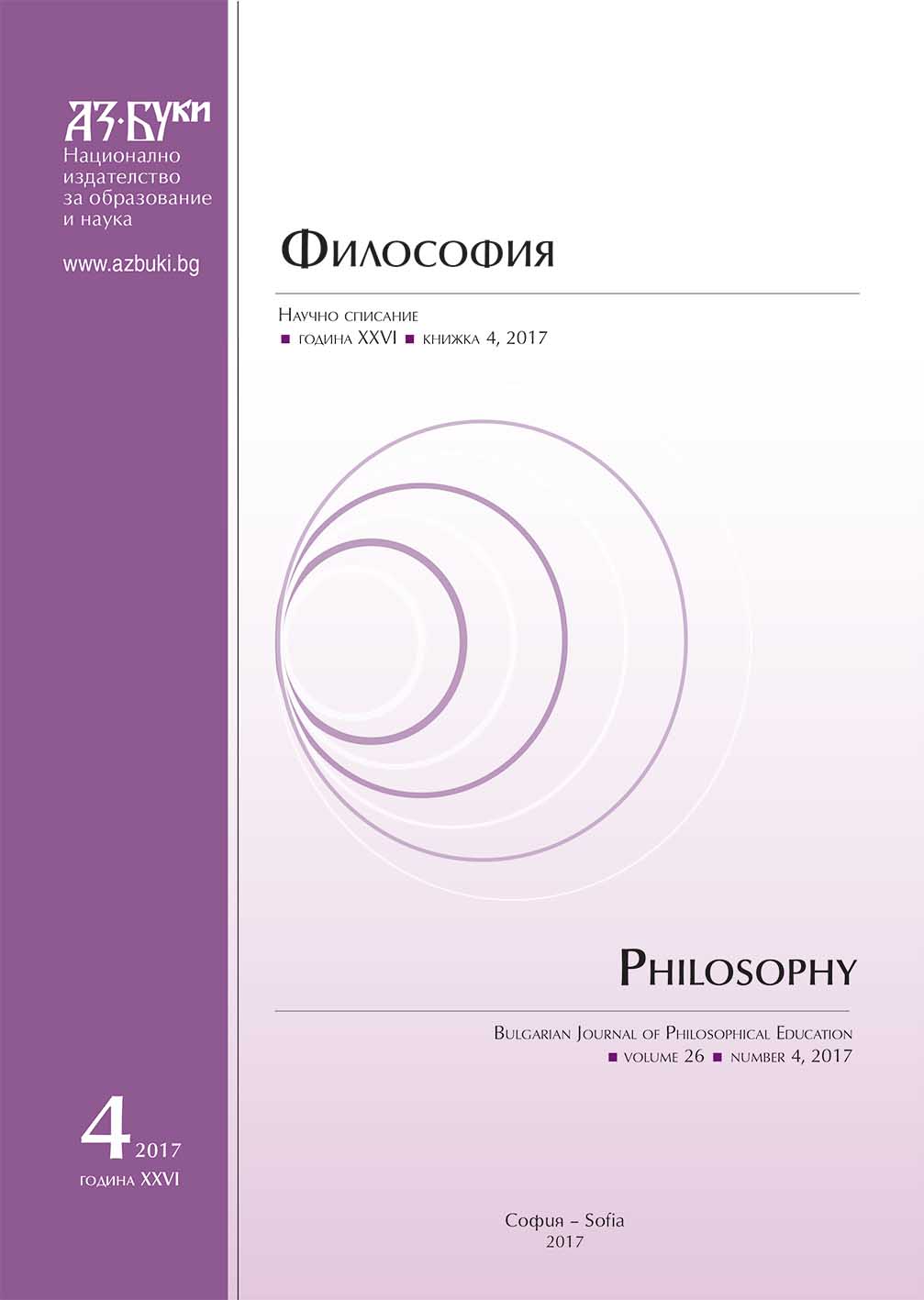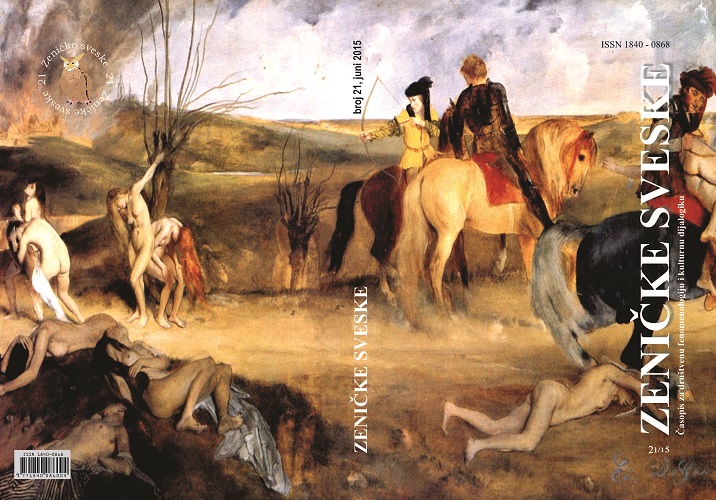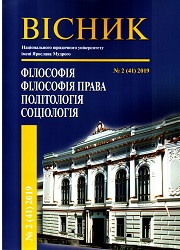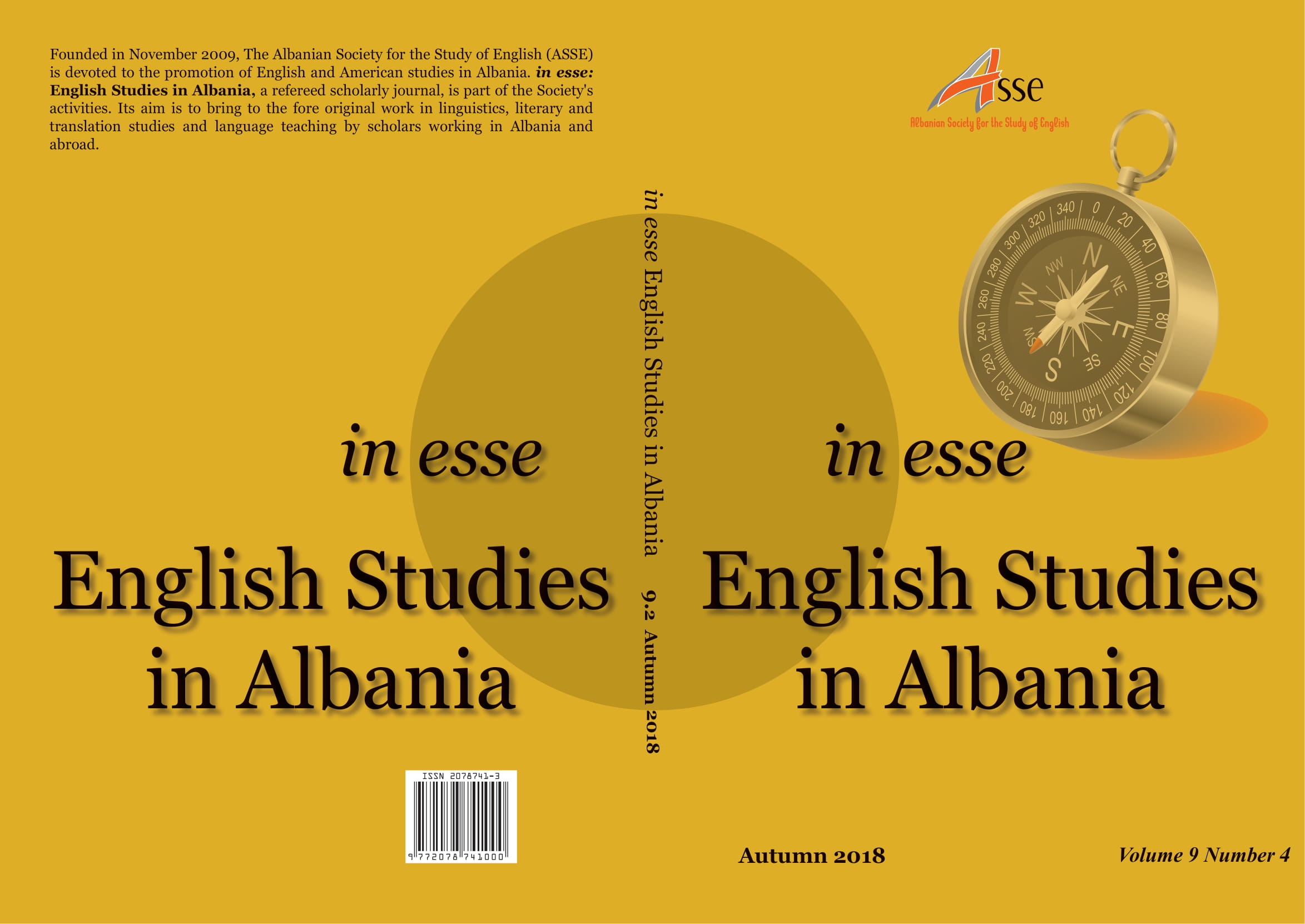Author(s): Yevheniya Vitaliyivna Bilchenko / Language(s): Ukrainian
Issue: 2/2013
This article explains the archetypal origins of the non-classical discourse of the West in the traditional culture of the East. The author draws a postmodern gesture of deconstruction from the dynamic structure of the poly-centric cosmos of Chinese culture, modeled in accordance to the principle of "focus – field". The model of focus makes a man, who concentrates in itself the hole humanity. Self-realization of focused man is a way of realization of society. As a result we have an organic dialectic unity of universal and particular values. Ritual is the centre of focus-man, which determines his nature and behavior in accordance of the law of ancestries. One of the key characteristics of the world view of traditional crops (primarily cultures of the Far East) is the concept of structure. Structure – a holistic system form that consists of a streamlined configuration elements combined internal links. In the semantic topos of culture structure takes the place of an imaginary center, exposed sacralization and often perceived as the middle branch of the sacred, from which holiness spreads by radial circles weakening more away from the center. The main feature of the structural image of the world that builds the traditional world view, is a system concentricity. World is seen as a cleverly arranged, harmonious, orderly and predictable whole (cosmos), part of which were functionally justified and, to a greater or lesser extent, impersonal elements. This world is contrasted themselves and their sacred order of spontaneous disorder primitive forces of nature (chaos), frightening and dark images which occasionally made themselves felt through ecstatic mystery of cosmic movements in cultures like ancient Dionysus and through ugly Teratology archaic characters in "Olympic" clarity developed mythological systems. The traditional structure of space reminiscent of a peculiar system of concentric circles, which often acquire their spatial expression. Contents of this structure was determined authentic (non-reflective) tradition, replicable through ritual and myth – institutions that were perceived a priori as rules that are not discussed on the basis of complete identity norms and cultural needs of the subject as protesters tradition (the fundamental identity). In the centre of this indicative structure, though the focus of the intersection of all its radiuses, there was a certain philosophical or socio-cultural unit, which is conventionally taken by the Centre. The term " Center" indissoluble unity imply profane and sacred , physical and metaphysical dimension of human existence and preserve the traditional culture was perceived in a literal geographical sense and in a figurative, spiritual one (based on mythological geography). In Chinese culture centered built traditional anthropological model of the subject as a carrier of group (monocultural) identity, which does not provide for identity: it is only a collective identity. Identifying, understanding man of his membership of a particular cultural tradition, unfolds as a movement from the periphery to a center that is unique. The tragedy here is no individuality, because there is no distinction between personal and social existence of the subject normativity. An individuals with their requests, desires, needs and interests do not destroy a culture. Cultural norms and behavior patterns match (identified or at least not contradict) the personal qualities (mainly due to lack of awareness of their own self). Social institutions are seen as the primary ontological reality, absolute immediate given, a kind of rules, the validity of which is not negotiable. Accordingly, the mechanism of identification in traditional cultures is the process of socialization as !entry in the name! – which resulted in a man through ritual tests is their social status with the appropriate set of social roles. Formed entirely collectivist ideal "man-servant" or "man-actor" – in other words , a man without a man. Highest virtues of a man are: discipline, piety, humility and obedience as a model of existence – "to live like everyone else", not "being different". Traditional man is a canonical (contextual, or "empty") the identity of the so-called "eccentric" (individual, directed to an external site, which is perceived both as an internal supporting structure – as opposed to the "egocentric", targeted to endogenous personal core – Ego), "person" (social mask – the identification of individual personality traits of the place which it occupies in society). Model of the eccentric behavior is the standard. This is – a mirror of collective etiquette and official morality. Manifestations of traditional Eastern collectivism that formed the basis of practices communist and post-communist regimes of the Soviet Union, China and other countries are in the tradition of family education. Thus, the Chinese New Year ritual in support of the tribal hierarchy all the labors of family in order of precedence worshiped the head of the family saying, "I must". The principles of balance and combinatorial, which lie in the foundation of Confucian centris , are the basis for the formation of the phenomenon of Chinese post-modern in the art of twentieth century (literature in the style of the "mosaic of memories").
More...

